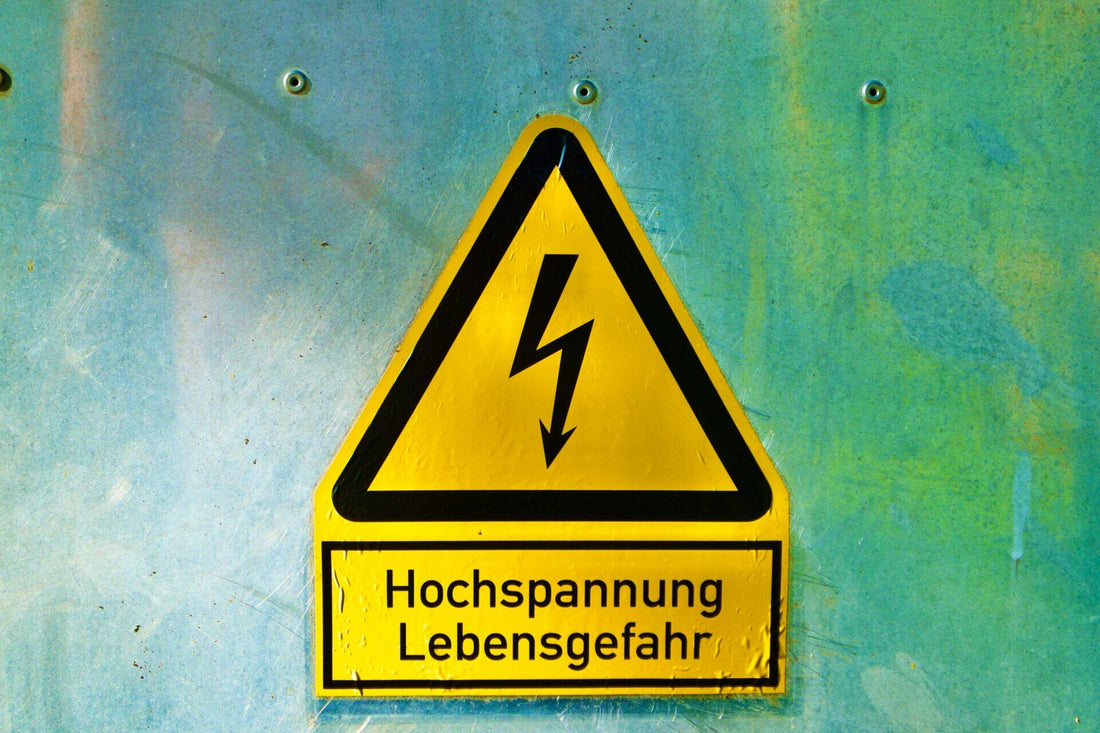the five safety rules of electrical engineering

In our operating instructions, you'll often find references to the "five safety rules" in electrical engineering. Here we explain them in more detail.
The 5 safety rules of electrical engineering – the basis for safe working
In electrical engineering, the "5 Safety Rules" are essential for preventing accidents and working safely with electrical systems and voltages. These fundamental regulations are frequently cited in operating instructions and technical standards such as VDE 0105-100 and form an important basis for anyone working in this field. In this article, we explain the rules in detail and demonstrate why they are essential for occupational safety.
Rule 1: Unlock
The first step in any electrical work is to isolate the system. This means disconnecting the system from the power supply. This includes turning off fuses or unplugging plugs. Make sure that no voltage is present before starting work.
Rule 2: Secure against reactivation
After disconnecting the power, it's important to secure the system against accidental reconnection. This can be done by installing locks on fuse boxes or by posting warning signs. These measures prevent someone from accidentally restoring the power supply.
Rule 3: Determine if there is no voltage
Using a suitable measuring device—such as a voltage tester—it is necessary to check that the system is de-energized. The so-called three-point test is particularly important here: The tester is first tested on a live source, then on the system under test, and finally again on the live source.
Rule 4: Grounding and short-circuiting
In high-voltage systems, grounding and short-circuiting are essential safety measures. Special short-circuiting devices ensure that no dangerous conditions arise in the event of accidental voltage supply.
Rule 5: Protection against adjacent live parts
To protect yourself from adjacent live parts, suitable covers or insulating mats should be used. This measure serves to prevent accidental contact or short circuits.
Why are the 5 safety rules so important?
Strict adherence to the "5 Safety Rules" is not just a rule, but also a responsibility for one's own safety and that of colleagues. Mistakes in the handling of electrical equipment can lead to serious injuries or even death. The measures described can minimize such risks.
Further safety aspects in electrical engineering
In addition to the "5 safety rules," the use of personal protective equipment (PPE), such as insulated gloves and safety goggles, also plays an important role. Regular training and instruction ensure that specialists always remain up to date with the latest technology and can work safely.
Conclusion
The "5 Safety Rules of Electrical Engineering" provide a clear structure for safe work and should be followed at all times. Whether in a professional or private environment, they are an essential guide for the safe handling of electrical systems. Elektrotechnik Schabus supports you with high-quality products such as voltage testers, insulation mats, and other safety equipment that make your everyday work safer.



